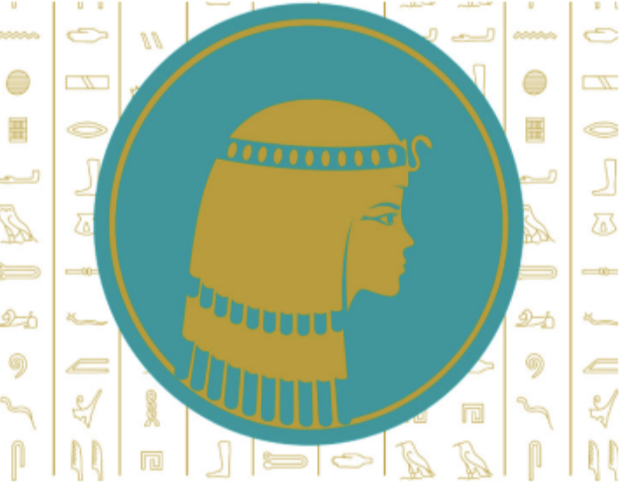Recently, an exciting discovery was made regarding the whereabouts of Queen Cleopatra’s tomb. Cleopatra’s resting place has remained a mystery, but self-taught archaeologist Dr. Kathleen Martinez made it her goal to discover it. It appears Martinez may have found success in her endeavor, as she discovered a 4,600 foot long tunnel under the Taposiris Magna Temple. The temple has long been theorized as Cleopatra’s burial site by Martinez. In “Cleopatra’s long-lost tomb could be hidden in mysterious tunnel” from The Telegraph, in a recent interview with Heritage Key, Martinez says: “After three months studying the area, I realized it was the perfect place for Cleopatra’s tomb. Nobody ever came out with this idea. If there is a one percent of a chance that the last Queen of Egypt could be buried there, it is my duty to search for her.” Support for Martinez’s theory can be found in the surrounding area, which contains Greco-Roman architecture and coins, a cemetery and a beheaded statue of the Goddess Isis, who Queen Cleopatra was associated with in life. Opposingly, since Martinez was new to the field of archaeology and this theory was previously unheard of, there was some hesitation in allowing the dig.
This discovery has revived conversation about Cleopatra, who ruled Egypt from 51-30 B.C. The queen is perhaps most well-known for her beauty in popular culture, as well as her liaisons with Julius Caesar and Mark Antony. However, I find it to be disappointing how her appearance and romantic relationships with men are the most well-known things about her. While the men in her life served as important figures, they most certainly did not define her. Cleopatra was so much more than her beauty and connections to men, and it is shameful that our society has reduced such a powerful and influential political figure to such.
It was no easy feat for Cleopatra to become as powerful as she was. She was driven from the palace, and therefore her rightful crown, by her co-ruler and brother, Pharaoh Ptolemy XIII. Cleopatra had to build up an army and mercenaries in neighboring Syria, virtually alone, and meticulously plan out her way of attack and return to the palace.
During Cleopatra’s reign, Egypt’s economy was thriving, largely due to trade with Eastern powers. She also emphasized keeping the country independent from the Roman Empire. This solidified her as one of Egypt’s greatest politicians and leaders, but she is not often portrayed this way in the media.
This common and misconstrued narrative originated while she was still living. Amy Crawford of the Smithsonian Magazine writes in “Who was Cleopatra?,” “During her lifetime and in the century after her death, Roman propaganda, most of it originating from her enemy Octavian, painted Cleopatra as a dangerous harlot who employed sex, witchcraft and cunning as she grasped for power beyond what was proper for a woman.” Her womanhood has been weaponized against her since she was alive, overshadowing her incredible feats.
I believe that if Cleopatra was a man, her romantic relationships and beauty would not have been the main topics of conversation surrounding her, and would likely not have been mentioned much at all. She would’ve been viewed as the powerful political leader she was instead of turned into a sex symbol. My hope is that the possible discovery of the place of her tomb will revive conversations about the queen that highlight her true power. The narrative surrounding Cleopatra today still needs to be altered, as it’s wrong for her accomplishments and politics to be sidelined in favor of her appearance and romantic relationships.














































